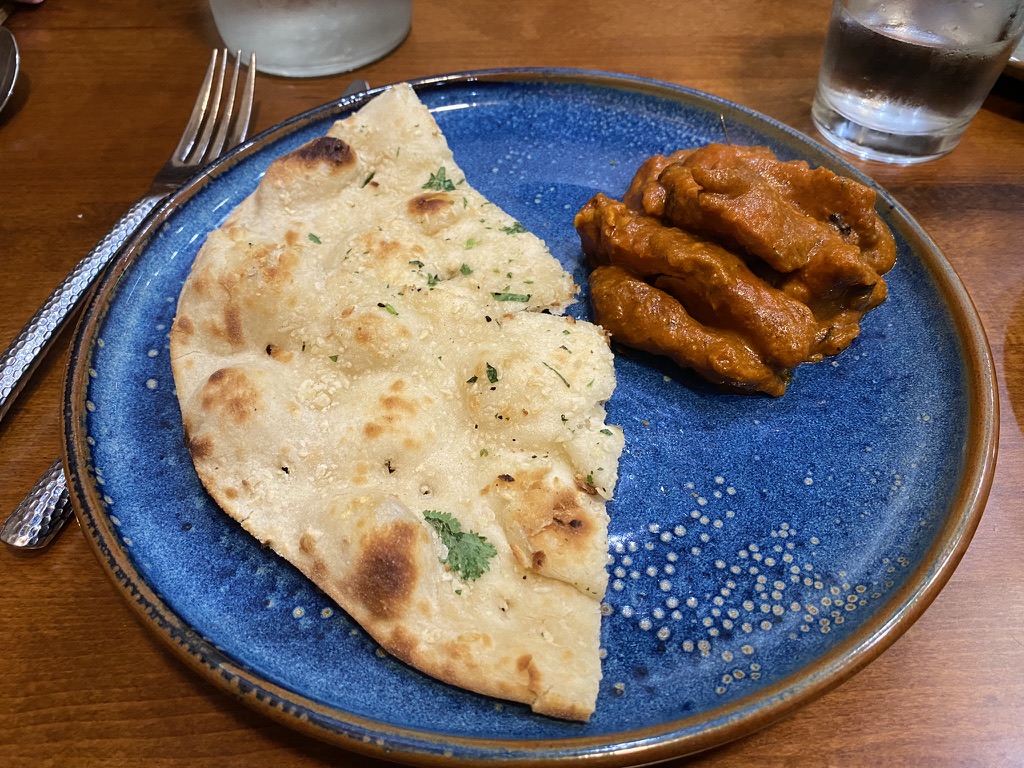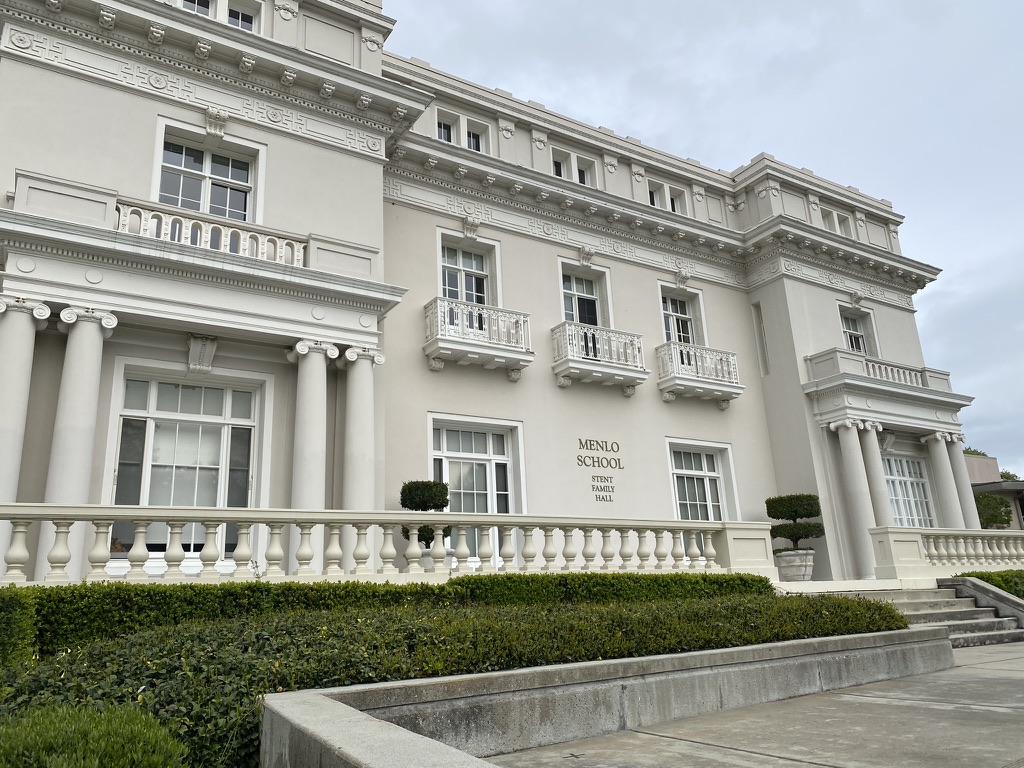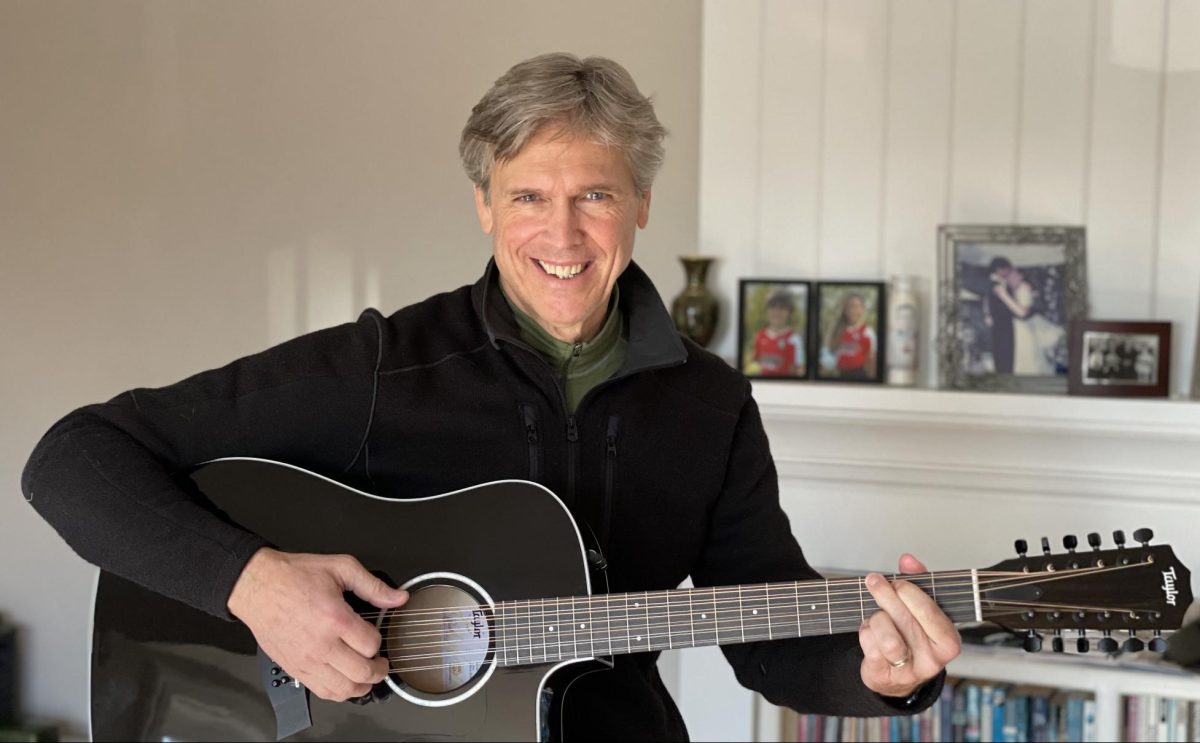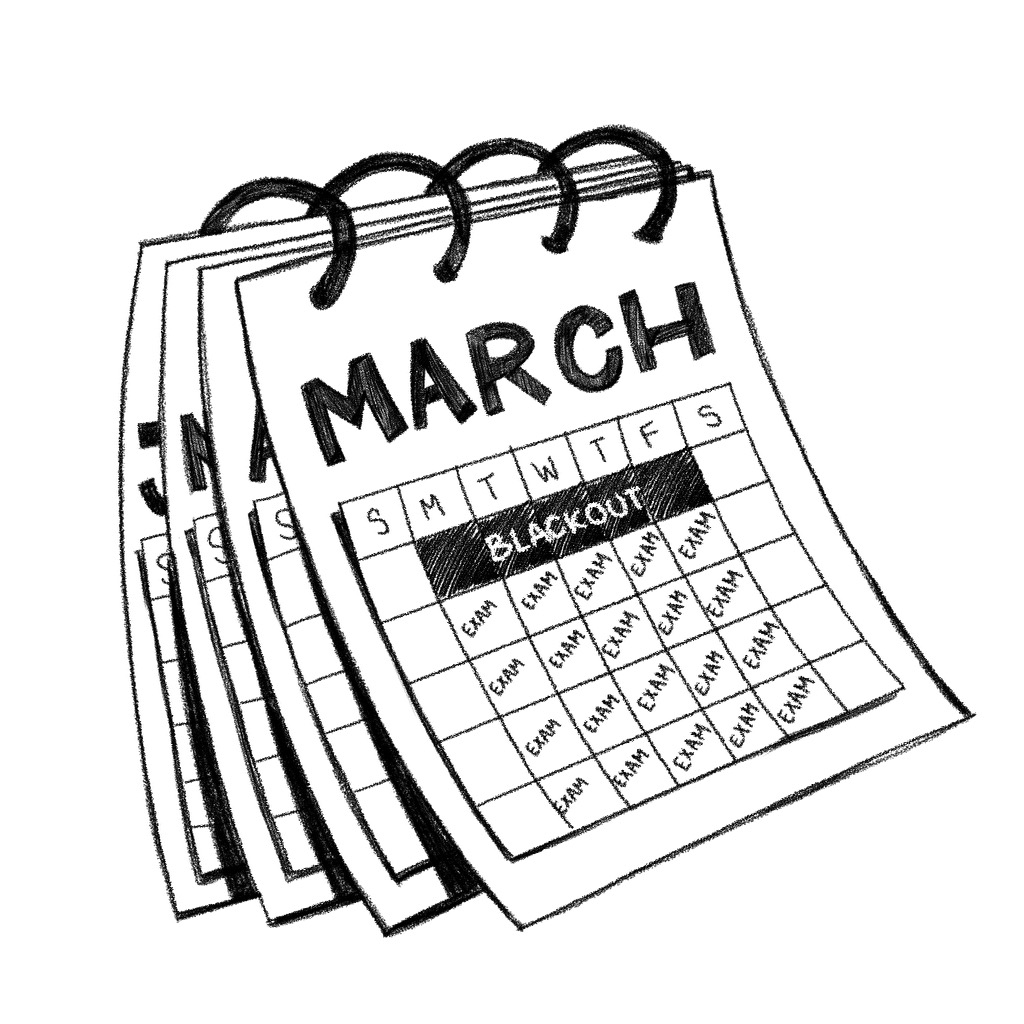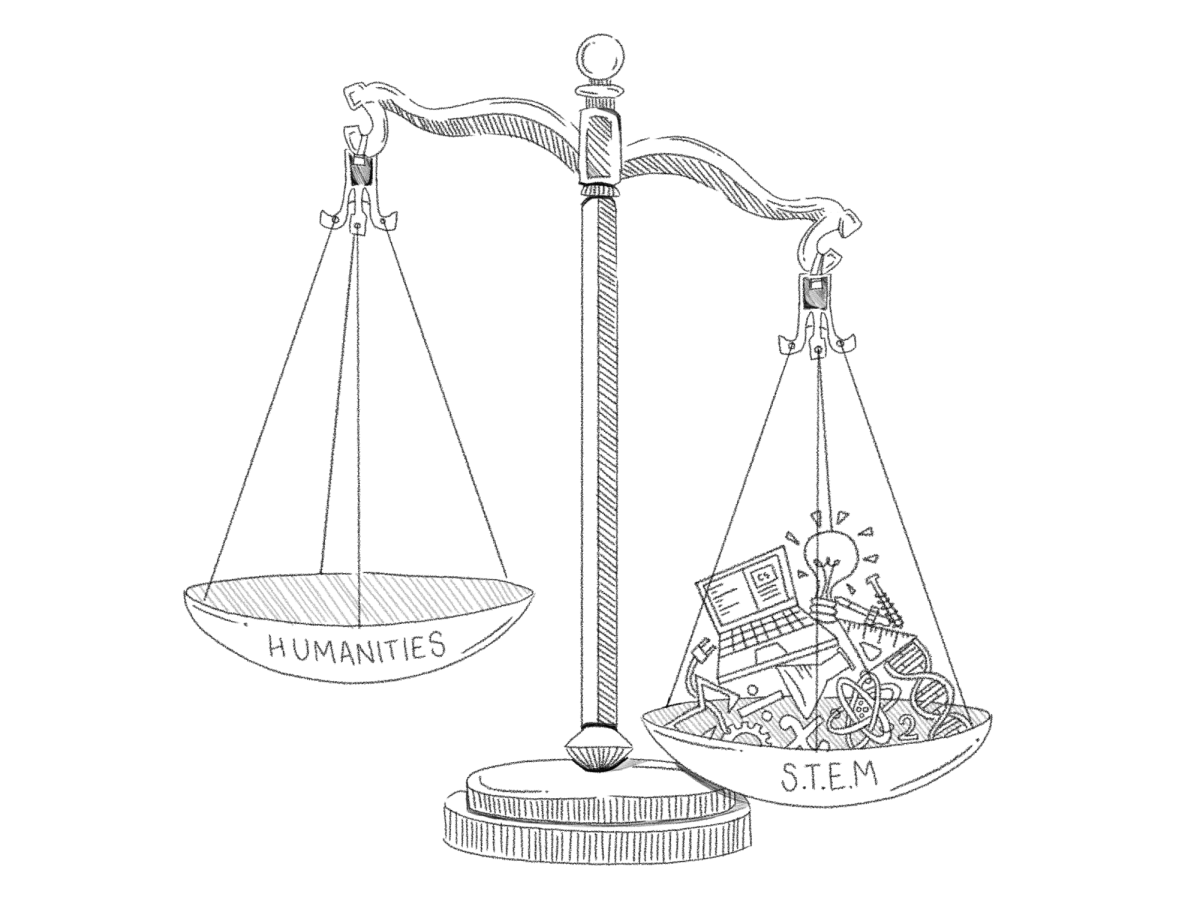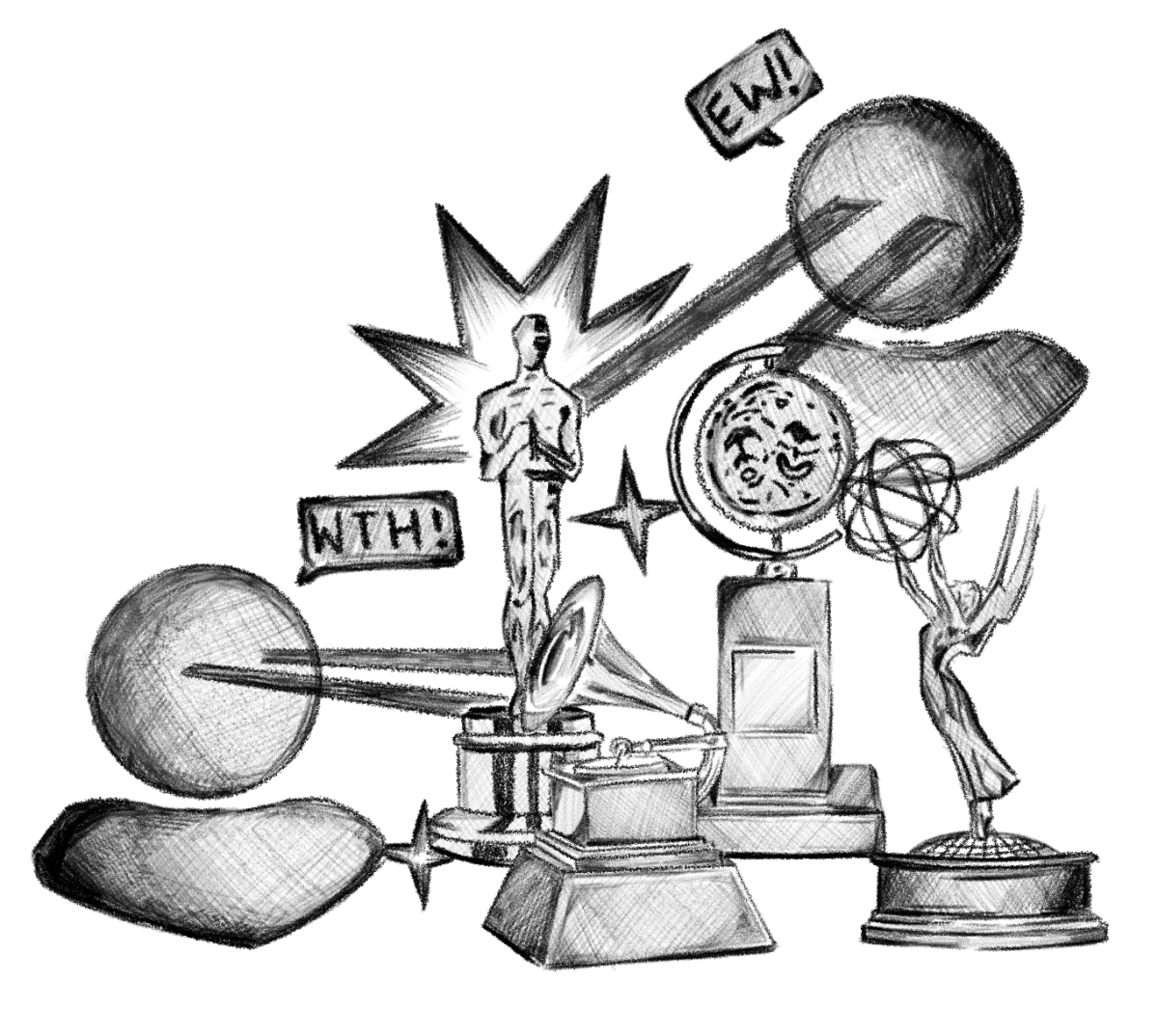I’ve traveled to many places, but North Korea is definitely something unusual
Denna Nazem | Co-Spread Editor
I’ve been to 100 countries, but North Korea takes the cake for the strangest. Yup, you read that right. The Democratic People’s Republic of Korea, a.k.a North Korea, is not the one that created Samsung or Hyundai Motors. It’s the one right above it whose population isn’t even allowed to use email or drive private cars. If you look at a satellite picture of the Korean Peninsula taken at night, the South is lit with bright lights and the North is completely dark.
I had a lot of anxiety about visiting North Korea. Everyone who heard I was going showed puzzlement, confusion and genuine concern for my life. “Can you even go there?” they asked, with a side of “WHY?!” Yes, Americans can visit as a part of a people-to-people exchange program, as long as they use an OFAC-licensed tour operator and stay with their guides at all times. Given that three Americans were behind bars there at the time I went – one of them allegedly for leaving behind a bible in his hotel room upon checkout – my family and I took every precaution, leaving all our electronics, reading materials and souvenirs from previous trips. We packed a small bag for the four of us with modest clothes and comfortable walking shoes. This ended up being a good call as our entry into North Korea was surprisingly easy and pleasant.
The first stop on our three-day tour was the North Korean version of Paris’ Arc de Triomphe, called the Arch of Triumph (real creative!). Standing 60 meters tall — 10 meters taller than the one in Paris, of course — this monument celebrates the Eternal President Kim il-Sung and his “successful” military resistance in fighting for Korean independence. Like this monument, the entire city was plastered with a plethora of dedications, statues, posters, and propaganda, all in honor of the country’s three worshiped personas: grandfather (eternal president), father (general secretary) and son (supreme leader).
Probably one of the most memorable parts of my time in North Korea was our visit to the Kumsusan Palace of the Sun. Here, the founding father of the nation and his son are embalmed and showcased like other communist leaders: Lenin (Russia), Mao Zedong (China) and Ho Chi Minh (Vietnam). We were not allowed to take pictures inside, but lets just say it was probably one of the weirdest things I have ever seen. The fact that in the flesh, just under a blanket and shielded by glass laid the man behind the North Korea we know today, made me feel quite uncomfortable, never mind the idea of bowing to another human or object.
The cult of personality was evermore present at the Palace as it is everywhere you look in Pyongyang and its reinforced as much by peer pressure as by laws. If any of the leaders were insulted, three generations of the culprit’s family would be committed to a life in labor camps. The population wears lapel pins depicting the Eternal President, the General Secretary or both.
However, this censorship was not evident quite everywhere. The national library claimed to have 30 million books (one million of them foreign), our Library of Congress comparatively has 23 million. They showed us Diary of Anne Frank and sports books to make us feel more at home. I was astounded by the fact that probably the most censored nation in the whole world has apparently more books offered to their population than the United States. Something just doesn’t add up.
The trips to the DMZ, War Memorial, amusement park and so on were all so illuminating: the hermit nation has woven itself a unique narrative separate from reality.
Before I visited North Korea, I thought it would be similar to the ex-Soviet states of Eastern Europe. But, it was nothing like them. For one thing, North Korea is officially not communist and has written the word out of its constitution as of 2009. Instead, it follows the Juche Idea: principles of isolationism, hierarchy, and xenophobia. The intensity with which this philosophy, the cult of personality, and military first policy are enforced makes me pessimistic, and in fact, sad, about the lack of prospects of change for the North Korean people. Their mountains silk embroidered with emerald greens unseen by most. Our free world outside unseen by them.




